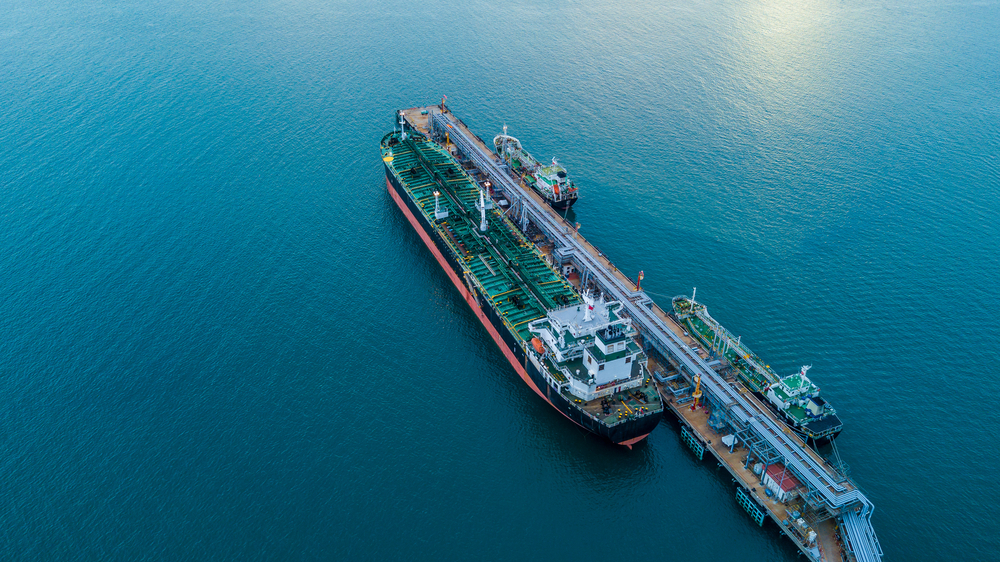Federal Energy Regulatory Commission approves two liquid natural gas export projects

The Federal Energy Regulatory Commission (FERC) recently approved the Driftwood Liquid Natural Gas (LNG) and Pipeline projects as well as the Port Arthur LNG and Pipeline projects.
“Today’s orders show that FERC is making a lot of headway on processing LNG applications in a more efficient manner, and I’m proud of the work that we are doing,” FERC Chairman Neil Chatterjee said. “LNG exports can help increase the availability of inexpensive, clean-burning fuel to our global allies who are looking for an efficient, affordable, environmentally friendly source of generation. FERC continues to focus on developing a regulatory ecosystem that allows new technologies to flourish.”
FERC’s recent order for the Driftwood LNG Project, proposed by Driftwood LNG LLC, authorizes the siting, construction, and operation of liquefaction facilities that would export an estimated 27.6 million metric tons of LNG annually. The LNG facilities would be located in Calcasieu Parish, La.
The Driftwood Pipeline Project, proposed by Driftwood Pipeline LLC, consists of 96 miles of mainline pipeline, 3.4 miles of lateral pipeline, 15 new meter stations and three new compressor stations to transport up to 3.9 billion cubic feet (Bcf) of natural gas per day to feed the LNG facilities.
The Commission also approved the siting, construction and operation of the Port Arthur Liquefaction Project proposed by Port Arthur LNG, LLC, PALNG Common Facilities Company, LLC and Port Arthur Pipeline, LLC.
The Port Arthur Liquefaction Project would have a total production capacity of an estimated 13.5 million metric tons each year and would be located at the site of a previously approved but unbuilt import terminal proposed by Port Arthur LNG near Port Arthur, Texas.
The Port Arthur Pipeline Projects would consist of the 130.9-mile Louisiana Connector Project and the 34.2-mile Texas Connector Pipeline. Each pipeline can transport up to 2 Bcf of gas per day to feed the LNG facilities. The pipeline projects would also include three compressor stations and other related facilities.
“The Department of Energy applauds today’s action by Chairman Chatterjee and the FERC to move forward with two more major LNG export terminals that will provide much-needed gateways to deliver more American LNG to the world,” Deputy Secretary of Energy Dan Brouillette said on Twitter.
Both projects would export gas to Free Trade Agreement (FTA) countries. Both project sponsors also have applications pending before the U.S. Department of Energy (DOE) seeking authorization to export gas to non-FTA countries.
